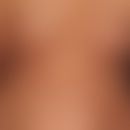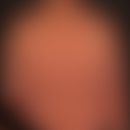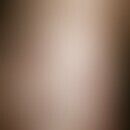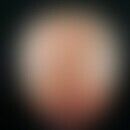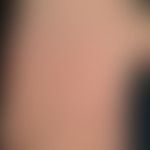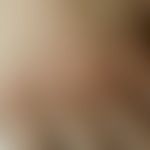Synonym(s)
HistoryThis section has been translated automatically.
Sutton, 1956
DefinitionThis section has been translated automatically.
Not very common (probably underdiagnosed) inflammatory disease of childhood of unknown etiology associated with lichenoid papules (probably closely related to atopic dermatitis).
You might also be interested in
Occurrence/EpidemiologyThis section has been translated automatically.
Epidemiological figures are not known. It can be assumed that the disease is more likely to be underdiagnosed.
EtiopathogenesisThis section has been translated automatically.
Unknown; a pathogenetic connection is suspected by rubbing on rough mats or in the sand. Possible constitutional tendency to lichenoid reaction, possibly atopic diathesis (in the study by Sardana et al. 2015 with >100 participants, about 50% of the children had atopic diathesis!) To what extent UV influences (accumulation in the summer months) play a role is unclear.
ManifestationThis section has been translated automatically.
Children between the ages of 4 and 12, especially in the summer months. m>w.
LocalizationThis section has been translated automatically.
ClinicThis section has been translated automatically.
HistologyThis section has been translated automatically.
Differential diagnosisThis section has been translated automatically.
General therapyThis section has been translated automatically.
Convince parents of the harmlessness of the findings or the spontaneous healing tendency.
External therapyThis section has been translated automatically.
Bathing with refatting additives such as Linola grease, Balneum Hermal F. In particular, after bathing, apply a cream with bland external agents such as Ungt. emulsif. aq., Linola Fett, Eucerin cum aq., Asche Basis Cream/Ointment.
Alternative: Urea is often added to the skin in a pleasant way, e.g. a 5-10% urea cream(urea cream hydrophilic 5 or 10% NRF 11.71.) or Excipial U Lipolotio.
Alternatively: anti-inflammatory ointments with 2% ichthyol (e.g. Ichthoderm).
If the inflammatory component is pronounced:
- short-term low concentrated external corticoids such as 0.5% hydrocortisone cream e.g. Hydrogalen, R121 or 0.05% Betamethasone-Lotio e.g. Betagalen® as finished preparation or Betamethasone-valerate emulsion hydrophilic 0.025/0.05 or 0.1% (NRF 11.47) as formulation.
- Alternative: temporary - topical calcineurin inhibitors.
Progression/forecastThis section has been translated automatically.
Spontaneous healing after 6-9 weeks.
LiteratureThis section has been translated automatically.
- Annessi G et al (2003) Annular lichenoid dermatitis of youth. J Am Acad Dermatol 49: 1029-1036
- Kontos AP et al (2002) Polymorphous light eruption in African Americans: pinpoint papular variant. Photodermatol Photoimmunol Photomed 18: 303-306
- Kraigher O et al (2009) Dermatitis papulosa adultorum. Clin Exp Dermatol 34:e620-622.
- Sardana K et al (2015) Is frictional lichenoid dermatitis a minor variant of atopic dermatitis or aphotodermatosis
. Indian J Dermatol 60:66-73. - Verma KK et al (2002) Parthenium dermatitis presenting as photosensitive lichenoid eruption. A new clinical variant. Contact dermatitis 46: 286-289
- Waisman M, Sutton RL Jr (1966) Frictional lichenoid eruption in children. Recurrent pityriasis of the elbows and knees. Arch Dermatol 94: 592-593
Incoming links (7)
Betamethasone valerate emulsion hydrophilic 0,025/0,05 or 0,1 % (nrf 11.47.); Dermatide du tobogan; Frictional lichenoid eruption; Hydrocortisone cream hydrophilic 0.25/0.5 or 1% (nrf 11.36.); Sandbox dermatitis; Summer pityriasis of the elbows and knees; Urea cream hydrophilic 5 or 10% (nrf 11.71.);Outgoing links (13)
Acanthosis; Atopic dermatitis (overview); Atopic diathesis; Betamethasone valerate emulsion hydrophilic 0,025/0,05 or 0,1 % (nrf 11.47.); Calcineurin inhibitors; Hydrocortisone; Hydrocortisone cream hydrophilic 0.25/0.5 or 1% (nrf 11.36.); Hyperkeratoses; Id reaction; Lichen nitidus; ... Show allDisclaimer
Please ask your physician for a reliable diagnosis. This website is only meant as a reference.
